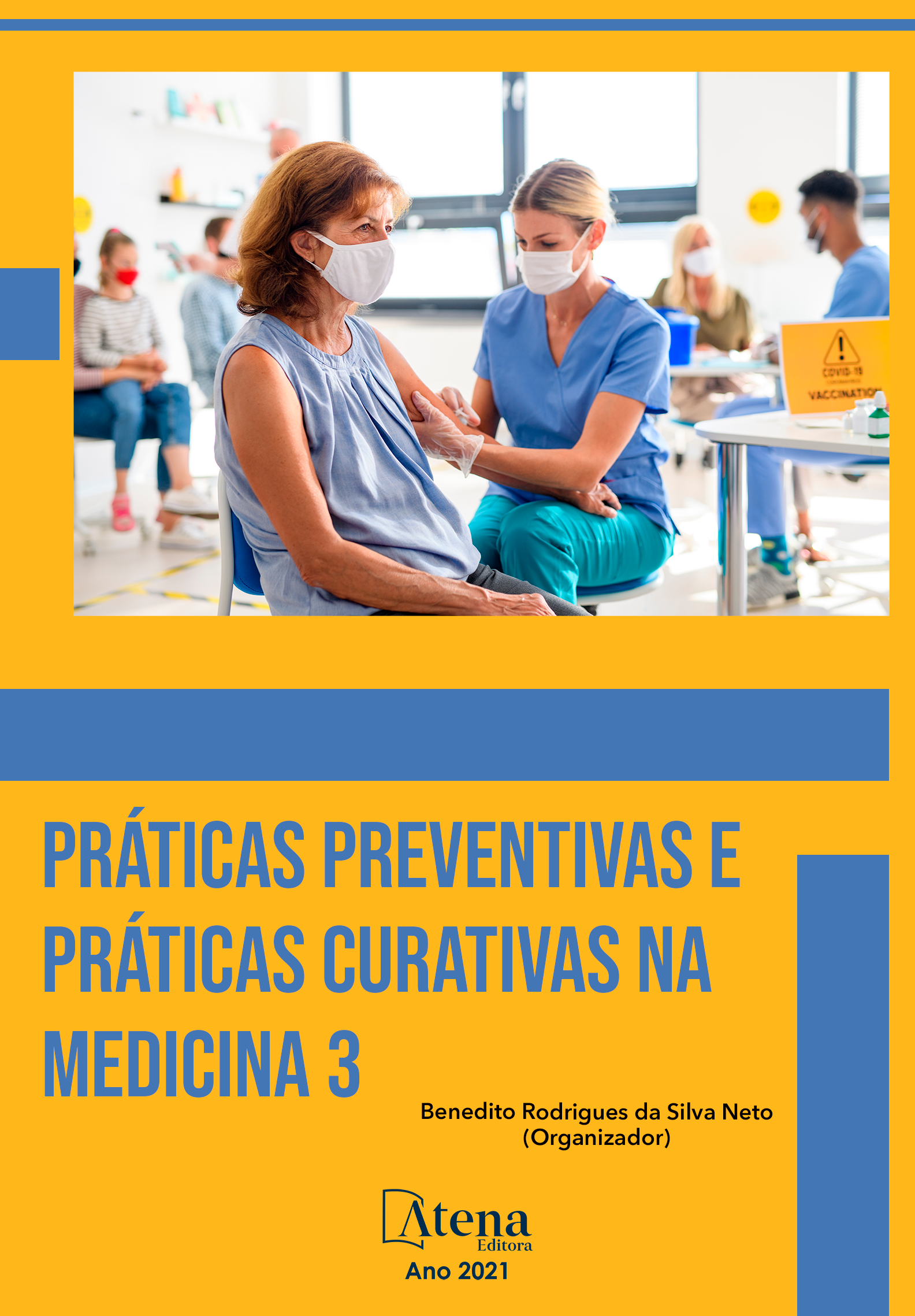
O USO DE SIMULAÇÕES PARA CAPACITAR O ALUNO DE MEDICINA PARA O ATENDIMENTO AO RECÉM-NASCIDO EM SALA DE PARTO - FORMANDO O MÉDICO PARA O ATENDIMENTO EM SAÚDE DA FAMÍLIA
INTRODUÇÃO: Durante anos, a Educação Médica baseou-se em um currículo tradicional, não desenvolvendo o aluno integralmente e ocasionando dificuldade na construção de um profissional com habilidades holísticas. Com isso, almejou-se criar um novo profissional para a área da Saúde. Em 2005, o Programa Nacional de Reorientação da Formação Profissional, através dos Ministérios da Saúde e Educação, reorientou a formação profissional médica assegurando uma abordagem integral com enfoque na atenção básica. Emergiu o ensino baseado em simulação (EBS) que desenvolve habilidades técnicas e psicomotoras necessárias para o atendimento médico baseado no perfil de atendimento em saúde da família sugerido pelas Diretrizes Curriculares Nacionais. DESCRIÇÃO DA EXPERIÊNCIA: Realizou-se uma simulação de atendimento em sala de parto para capacitação dos acadêmicos do 3° período do Curso de Medicina de uma Instituição de Ensino Superior. Baseando-se no EBS exigiu-se do aluno o estudo prévio do conteúdo abordado em aula e propiciou-se ao estudante atuar em um ambiente que mimetizasse a realidade do atendimento médico, com a supervisão de um professor, de modo que pudesse repetir o procedimento até realmente compreender o conteúdo proposto. Para a simulação em questão, foi criada paciente simulada, através da qual os alunos realizaram o primeiro atendimento. RESULTADOS: O EBS proporciona trabalhar em equipe, treinar competências cirúrgicas, a segurança dos pacientes, aprendizados de maior complexidade, aquisição de habilidades técnico-comportamentais e tomada de decisões. CONCLUSÃO: Recomenda-se que a prática em questão seja abordada em outros cursos referentes à área da Saúde e em outros cenários, para capacitar o profissional de forma completa.
O USO DE SIMULAÇÕES PARA CAPACITAR O ALUNO DE MEDICINA PARA O ATENDIMENTO AO RECÉM-NASCIDO EM SALA DE PARTO - FORMANDO O MÉDICO PARA O ATENDIMENTO EM SAÚDE DA FAMÍLIA
-
DOI: 10.22533/at.ed.62521010315
-
Palavras-chave: educação; medicina; sala de parto; saúde da família; simulação.
-
Keywords: education; medicine; birth room; family Health care; simulation.
-
Abstract:
INTRODUCTION: For years, the Medical Education was based on a traditional curriculum, not fully developing the student and causing a difficulty in the construction of a holistic skills professional. Thereby, it was aspired to create a new professional for the health care area. In 2005, the National Professional Training Reorientation Program (Pro-Health), through the Health and Education Ministry, reorientated the professional medical qualification, making sure to use an integral approach focusing on basic attention. Because of those changes, a teaching based on simulation was emerged (EBS), and it’s very much useful on health education, because it develops technical and psychomotor abilities needed for the medical attendance based on the profile of family health attendance, suggested by the Diretrizes Curriculares Nacionais. EXPERIENCE DESCRIPTION: A simulation of attendance was made in a birth room, for qualification of the third period medical students from Faculdades Pequeno Príncipe. Bases on EAS, it was required for the student to have previous study about the subject that had taken place in class and It was provided to the student to act in an environment that pretend to be the medical attendance reality with the professor supervision in a way that the students could repeat the procedure until they really understand the proposed subject. For this simulation, it was created a simulated patient, through that the students made their first attendance. RESULTS: the EBS provided group work, surgical skills training, patient safety, greater complexity learning, technical-behavioral and the ability to make decisions development. CONCLUSION: It is recommended that this practice is also approached in other courses related to health care area and in other scenarios, for the professional satisfying and complete qualification.
-
Número de páginas: 10
- Laura Fernanda Fonseca
- Giovana Camargo de Almeida
- Leonardo de Souza Cardoso


